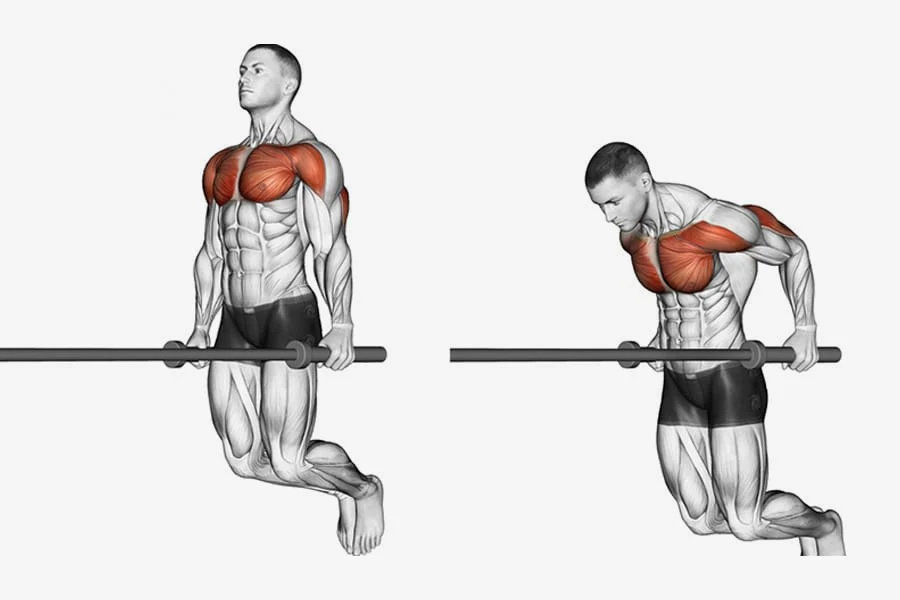Back and shoulder exercises make your upper body strong and balanced. Skip them, and your posture suffers. You start to look slouched. Your back feels weak.
Honestly, I used to ignore both. Focused too much on arms and chest. Big mistake. My shoulders stayed small. My back? Barely working.
Training these two areas changed everything. Better posture. Less pain. More strength. In this guide, I’ll share the best back and shoulder exercises you can try now.
Benefits of Training Back and Shoulders Together
Back and shoulder exercises work better when done together. Honestly, they’re a perfect match. You save time. You hit more muscles. And you feel the difference fast.
✔ Fix your posture
Most people sit all day. Shoulders round. Back tight. Training these areas opens you up. You stand taller. You look more confident.
✔ Build real upper body strength
Back pulls. Shoulders push. Combine both, and you build strength from every angle. Pull-ups, presses, rows—your whole upper body works as one.
✔ Prevent injuries
Weak shoulders? Tight back? That’s how pain starts. Training both helps support your joints. It keeps you stable, strong, and safe.
✔ Look more balanced
Big chest, small back? Looks off. Wide shoulders, flat back? Still not great. Training back and shoulders evens things out. Makes your frame look complete.
Best Back and Shoulder Exercises You Should Try
These back and shoulder exercises train both push and pull muscles. Great for strength. Great for posture. And honestly, they just make your upper body look better.
1. Dumbbell Shoulder Press
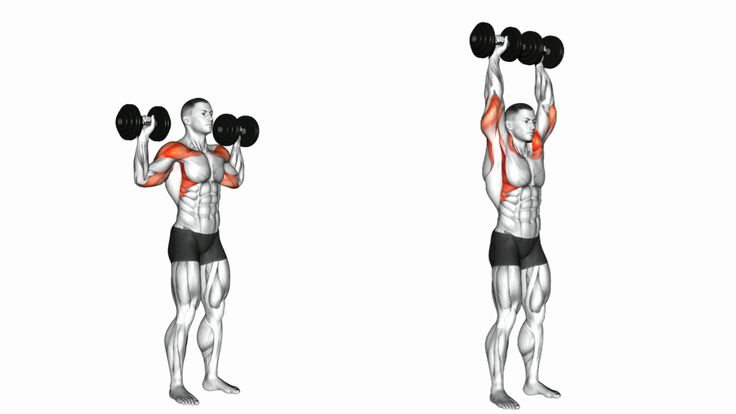
Muscles Worked: Front delts, side delts, triceps
Why It’s Effective: Builds overhead strength. Great for shoulder size.
How to Do It:
- Sit or stand with dumbbells at shoulder height
- Press up until your arms are straight
- Lower back slow and controlled
2. Lat Pulldown
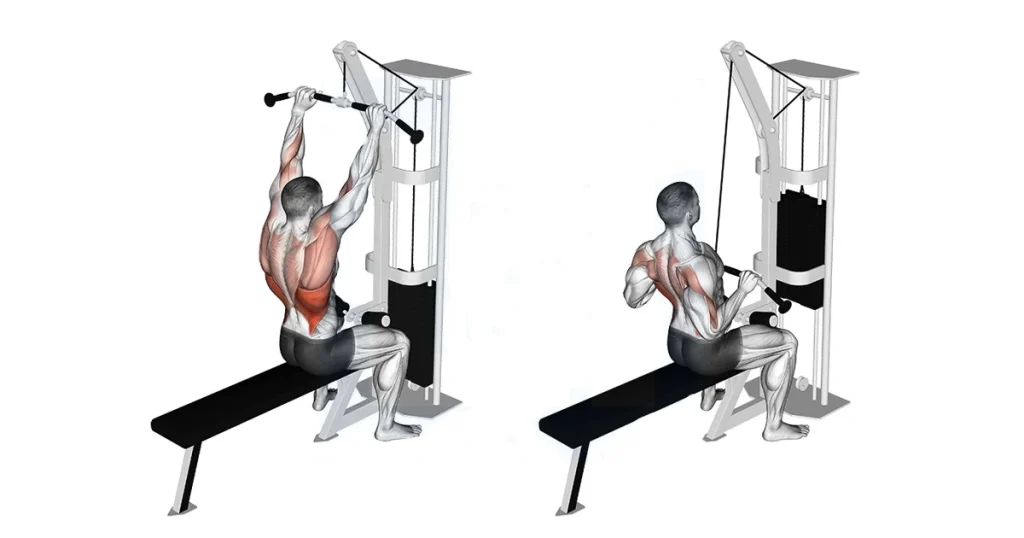
Muscles Worked: Lats, traps, biceps
Why It’s Effective: Targets your upper back. Helps with pull-up strength.
How to Do It:
- Sit down and grip the bar wide
- Pull it down to your chest
- Control the bar back up
3. Cable Face Pull
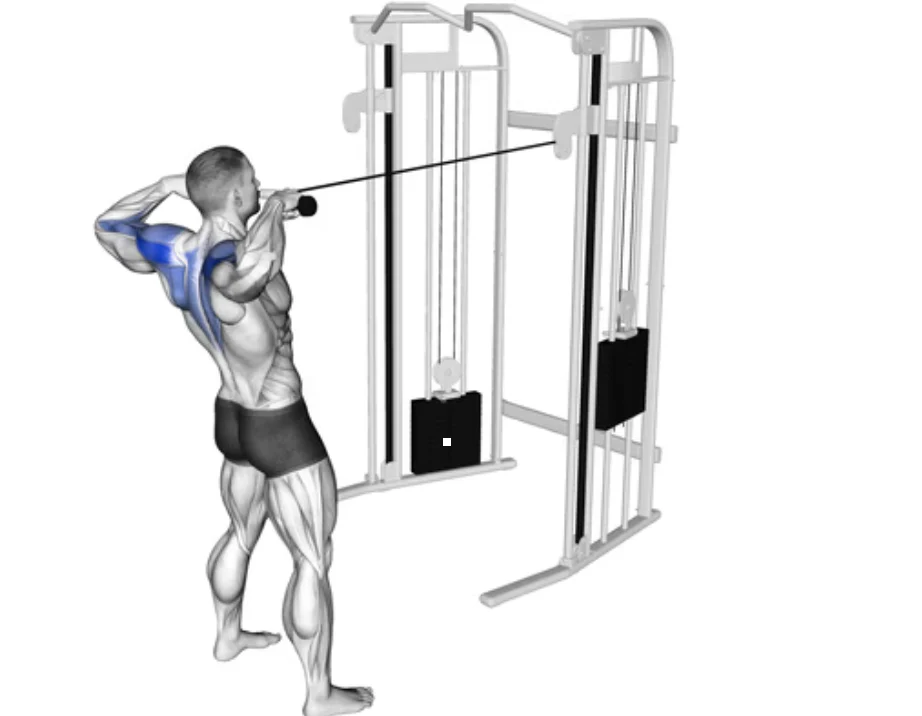
Muscles Worked: Rear delts, traps, upper back
Why It’s Effective: Improves shoulder health. Fixes posture.
How to Do It:
- Set the cable at face level with a rope attachment
- Pull the rope toward your face, elbows high
- Squeeze your upper back, then release slow
4. Bent-Over Row
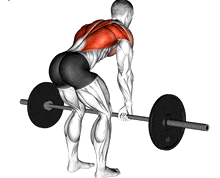
Muscles Worked: Mid-back, lats, rear delts
Why It’s Effective: One of the best for back thickness
How to Do It:
- Hold dumbbells or a barbell
- Bend forward with a flat back
- Pull the weight toward your waist
5. Seated Cable Row
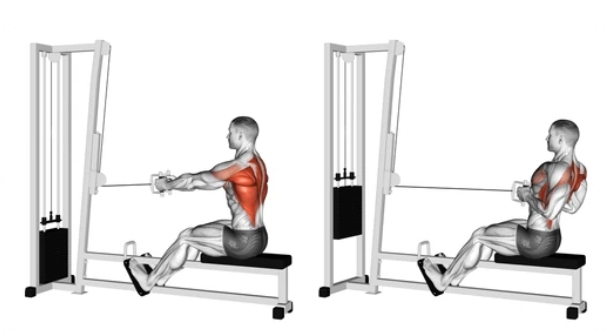
Muscles Worked: Lats, rhomboids, rear delts
Why It’s Effective: Builds thickness in the back. Great for posture
How to Do It:
- Sit with feet planted and grab the handle
- Pull toward your belly button
- Squeeze your shoulder blades, then release
Sample Back and Shoulder Workout Plan
These back and shoulder exercises work best in a simple plan. You don’t need to overthink it. Just train smart, stay consistent, and focus on good form.
Here’s a basic workout you can try 1–2 times per week. You can adjust the weight and reps based on your goal—muscle, strength, or posture.
| Exercise | Sets | Reps | Notes |
|---|---|---|---|
| Dumbbell Shoulder Press | 3–4 | 8–10 | Slow and controlled on the way down |
| Lat Pulldown | 3–4 | 10–12 | Pull to upper chest, not lower |
| Cable Face Pull | 3 | 12–15 | Focus on squeezing rear delts |
| Bent-Over Row | 3 | 10 | Keep back flat, don’t jerk |
| Arnold Press | 3 | 8–10 | Use lighter weight to control the motion |
| Seated Cable Row | 3 | 10–12 | Pause for 1 second at the squeeze |
Training both your back and shoulders just makes sense. These muscles support each other. When they’re strong, you move better, feel better, and look more balanced.
Start with the basics. Stick to good form. And don’t skip these back and shoulder exercises—they’ll change the way your upper body looks and feels.
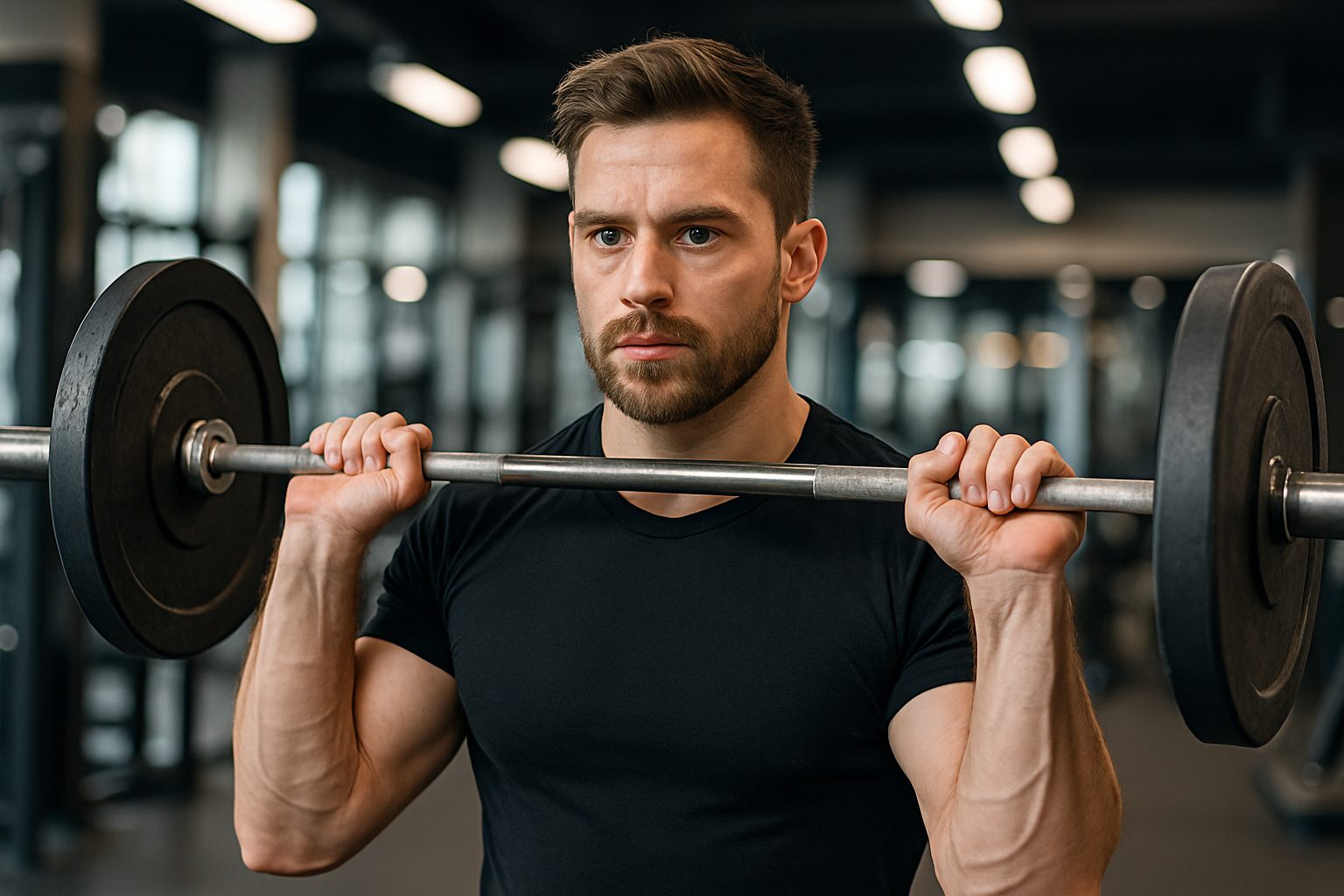
I’m Riley Williams, an editor for Leadman Fitness where we engineer bespoke strength equipment tailored to unique training goals. My expertise lies in home gym solutions, mobility tools, and injury-prevention gear, shaped by 8 years as a strength coach and rehab specialist. I know how subtle design flaws—a knurling pattern that blisters hands or a bolt that loosens mid-session—can derail progress.
I bridge the gap between our production team and everyday athletes: surveying garage gym owners, analyzing wear patterns on returned gear, and pressure-testing prototypes with physical therapists. My content cuts through marketing hype, focusing on practical fixes—whether you’re retrofitting a basement gym or sourcing commercial equipment that survives 24/7 use. If it’s in our catalog, I’ve stress-tested it myself.
